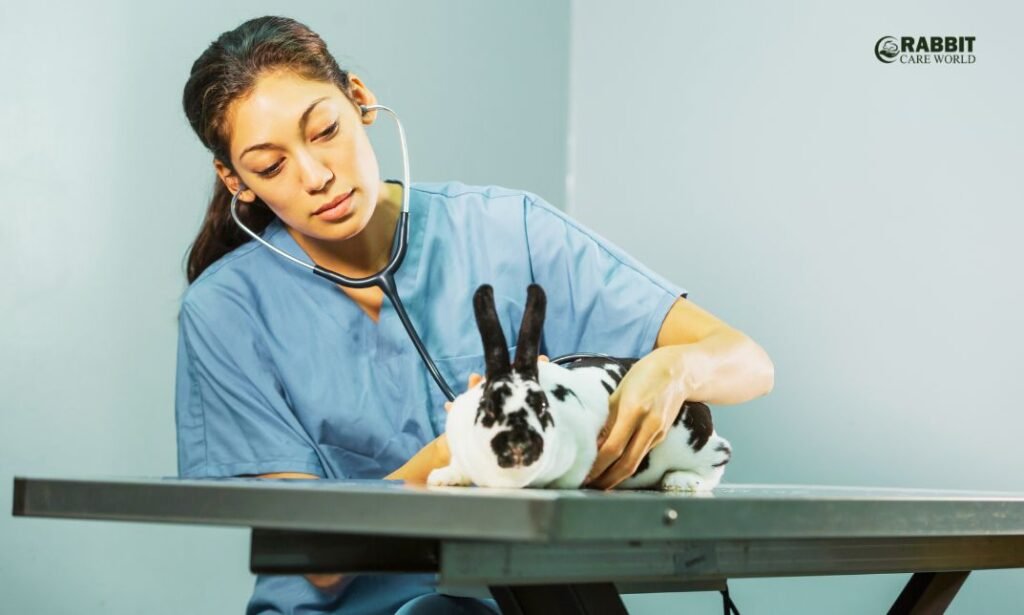Wondering can a Flemish Giant Rabbit be a pet? Yes, a Flemish Giant Rabbit can be a pet. They are gentle and friendly. Learn more about them!
But, they need special care due to their size. Flemish Giant Rabbits are one of the largest rabbit breeds. Their size can be surprising, but they have a kind nature. They can weigh up to 20 pounds, which is more than many other pet rabbits.
This means they need more space and food. They also need regular grooming to keep their fur clean. With proper care, they can be wonderful pets. They enjoy human interaction and can even be trained to use a litter box. If you have enough space and time, a Flemish Giant Rabbit can be a great addition to your family.
Table of Contents
ToggleIntroduction To Flemish Giant Rabbits
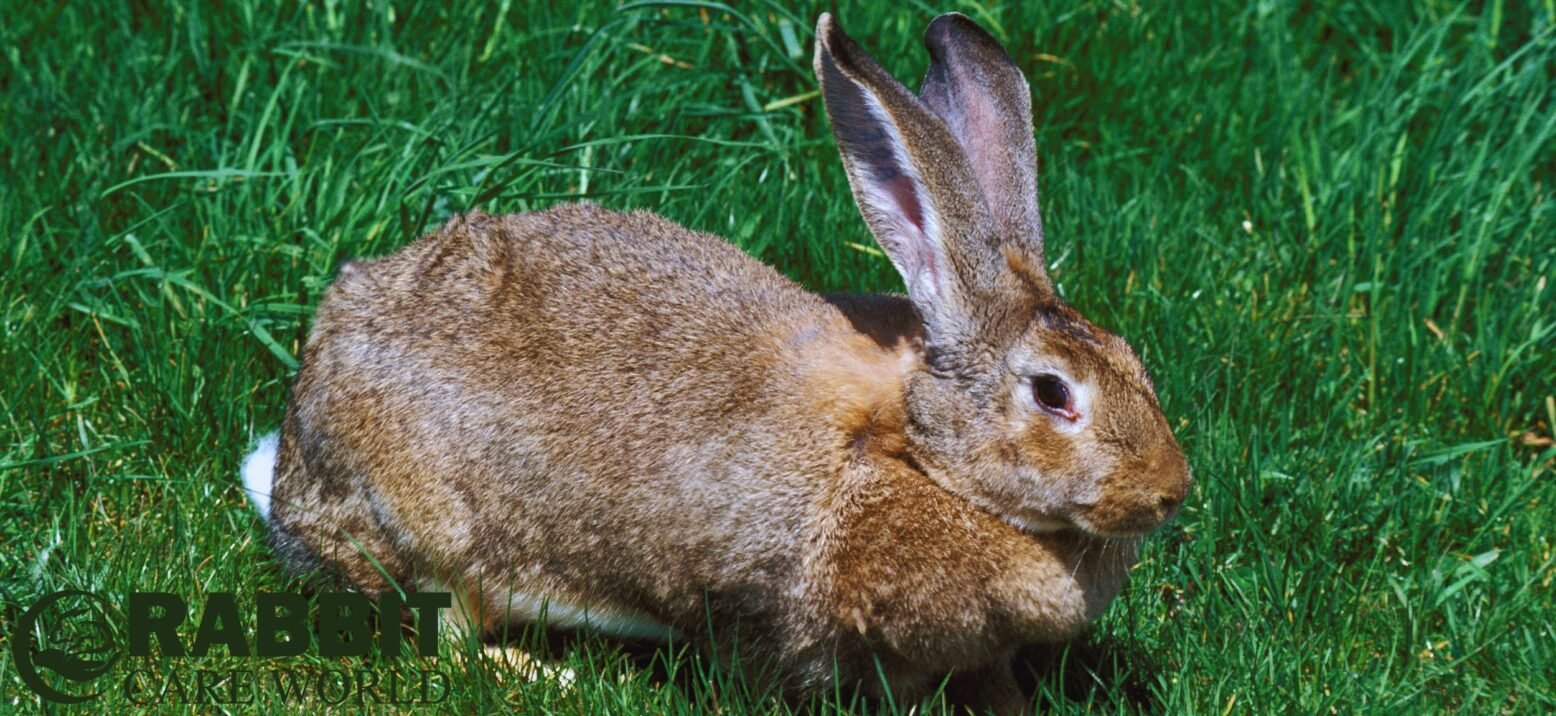
Flemish Giant Rabbits are among the largest rabbit breeds in the world. They are known for their gentle nature and impressive size. These rabbits make excellent pets for those who can provide the right care. Let’s dive into their history and characteristics.
History And Origin
The Flemish Giant Rabbit has a rich history. They originated in Belgium. Specifically, they come from the Flanders region. Their history dates back to the 16th century. Initially, they were bred for meat and fur. Over time, their friendly nature made them popular pets. Today, they are beloved by rabbit enthusiasts worldwide.
Physical Characteristics
Flemish Giant Rabbits are truly impressive. They can weigh up to 15 pounds. Some even reach 20 pounds. Their bodies are long and powerful. They have large, upright ears. These ears can grow up to 8 inches long. Their fur is dense and comes in various colors. Common colors include black, blue, fawn, and white.
Despite their size, they are gentle giants. They have calm and friendly temperaments. This makes them great companions for families. Their large size requires ample space. They need room to hop and play. Regular exercise keeps them healthy and happy.
Temperament And Behavior
Flemish Giant Rabbits are known for their gentle and calm nature. Many people find them to be delightful pets. Understanding their temperament and behavior can help you decide if they are the right fit for your home. Let’s explore their personality traits and how they interact with humans.
Personality Traits
Flemish Giant Rabbits are often friendly and sociable. They enjoy being around people and other pets. They are curious and love to explore their surroundings. Despite their large size, they can be quite gentle. Many owners describe them as docile and easygoing.
These rabbits can also be playful. They like toys and activities that stimulate their minds. Some even enjoy hopping around in open spaces. Their playful nature makes them great companions.
Interaction With Humans
Flemish Giant Rabbits often bond well with their owners. They appreciate attention and affection. Regular interaction helps them feel secure and loved. They can be quite affectionate, often seeking out cuddles and petting.
These rabbits respond well to gentle handling. They can be trained to use a litter box and follow simple commands. Positive reinforcement works best with them. Treats and praise can encourage good behavior.
They also enjoy socializing with other pets. With proper introduction, they can get along with cats and dogs. This makes them versatile pets for many households.
Housing Requirements
Housing requirements are crucial for keeping a Flemish Giant Rabbit as a pet. These large rabbits need spacious and safe housing to stay healthy and happy. Let’s explore the differences between indoor and outdoor living, and how to create a safe environment for your furry friend.
Indoor Vs Outdoor Living
Flemish Giant Rabbits can live both indoors and outdoors. Indoor living can be more comfortable for your rabbit. It helps protect them from harsh weather and predators. Indoor rabbits often bond more with their owners. They enjoy more social interaction.
Outdoor living requires a secure and spacious enclosure. The enclosure should be weather-proof and predator-proof. Rabbits need a safe space to exercise and play. Make sure to provide plenty of shade and fresh water. Regularly check the enclosure for any signs of damage.
Creating A Safe Environment
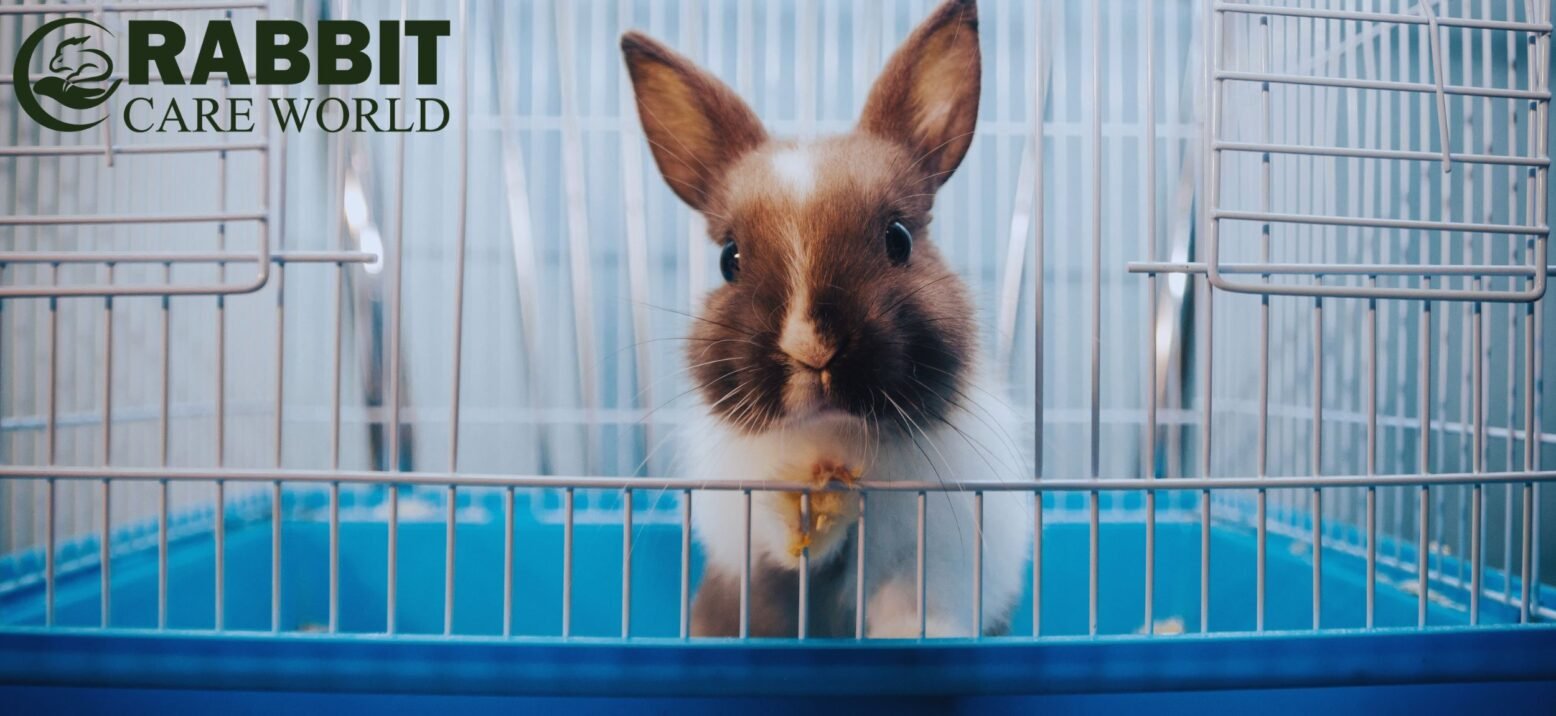
Whether indoors or outdoors, safety is key. Indoor rabbits need a rabbit-proofed space. Remove any harmful items like wires and small objects. Provide chew toys and safe areas to explore. This keeps them entertained and prevents boredom.
Outdoor rabbits need a sturdy enclosure with a solid floor. This prevents digging and escape attempts. The enclosure should have a roof to protect from birds and other predators. Clean the living area regularly to prevent illness. Fresh hay, water, and bedding are essential. Regularly check for signs of discomfort or health issues.
Diet And Nutrition
Flemish Giant Rabbits are known for their large size and gentle nature. Their diet plays a crucial role in maintaining their health. Providing the right nutrition ensures they remain active and happy. Let’s dive into the details of their diet and nutrition.
Essential Foods
Flemish Giant Rabbits need a balanced diet. Fresh hay should be the main part. Hay helps with rabbits digestive system and keeps their teeth healthy. Timothy hay is a good choice. Alongside hay, offer fresh vegetables. Carrots, leafy greens, and bell peppers work well. Pellets formulated for rabbits can be given too. Ensure they are high-quality and free from harmful additives.
Feeding Schedule
Establish a consistent feeding schedule for your Flemish Giant Rabbit. Offer fresh hay throughout the day. They should always have access to hay. Give fresh vegetables once or twice daily. Provide pellets in moderation. A small amount in the morning and evening is ideal. Monitor their food intake and adjust as needed. Fresh water should always be available. Clean their water bowl daily to keep it fresh.
Health And Wellness
Health and wellness are crucial for the happiness of your Flemish Giant Rabbit. These gentle giants need proper care to thrive. In this section, we will discuss common health issues and preventative care tips.
Common Health Issues
Flemish Giant Rabbits can face several health issues. Obesity is one of the major concerns. Their large size makes them prone to weight gain. Dental problems are also common. Their teeth grow continuously, leading to overgrowth if not managed. Respiratory infections can occur due to poor living conditions. They are also susceptible to ear mites, which cause itching and discomfort.
Gastrointestinal stasis is another critical issue. This condition slows down or stops their digestive system. It can be life-threatening if untreated. Regular checks can help in early detection of these health problems.
Preventative Care
Preventative care is essential to keep your Flemish Giant Rabbit healthy. A balanced diet plays a significant role. Provide fresh hay, vegetables, and a limited number of pellets. Ensure they have access to clean, fresh water at all times.
Regular exercise helps prevent obesity. Create a safe space for them to hop and explore. Grooming is also necessary. Brush their fur regularly to remove loose hair and prevent matting. Check their teeth and nails frequently. Trim their nails to avoid overgrowth and discomfort.
Maintaining a clean living environment is crucial. Clean their cage and litter box regularly. This helps prevent respiratory infections and other health issues. Schedule regular vet check-ups. Early detection can save their life and ensure a long, healthy companionship.
Grooming And Hygiene
Flemish Giant Rabbits make lovely pets, but they need proper grooming. Their large size demands specific care routines. Regular grooming ensures their health and comfort. Let’s explore how to care for their coat and nails.
Coat Care
Flemish Giant Rabbits have thick, dense fur. Brush their coat at least once a week. This helps to remove loose fur and prevent matting. During shedding seasons, brush more often. A gentle brush or comb works best. Check for any signs of skin issues. Look for redness, bumps, or parasites. Regular brushing also helps to bond with your rabbit.
Nail Trimming
Flemish Giant Rabbits’ nails grow quickly. Trim their nails every three to four weeks. Long nails can cause discomfort and health issues. Use pet nail clippers for trimming. Be careful not to cut the quick, which is the pink part of the nail. If unsure, seek help from a vet. Regular nail trimming is essential for your rabbit’s well-being.
Exercise And Enrichment
Flemish Giant Rabbits make great pets. They are friendly and love attention. But they need more than just food and water. Exercise and enrichment are key for their health and happiness. Let’s explore how you can keep your rabbit active and engaged.
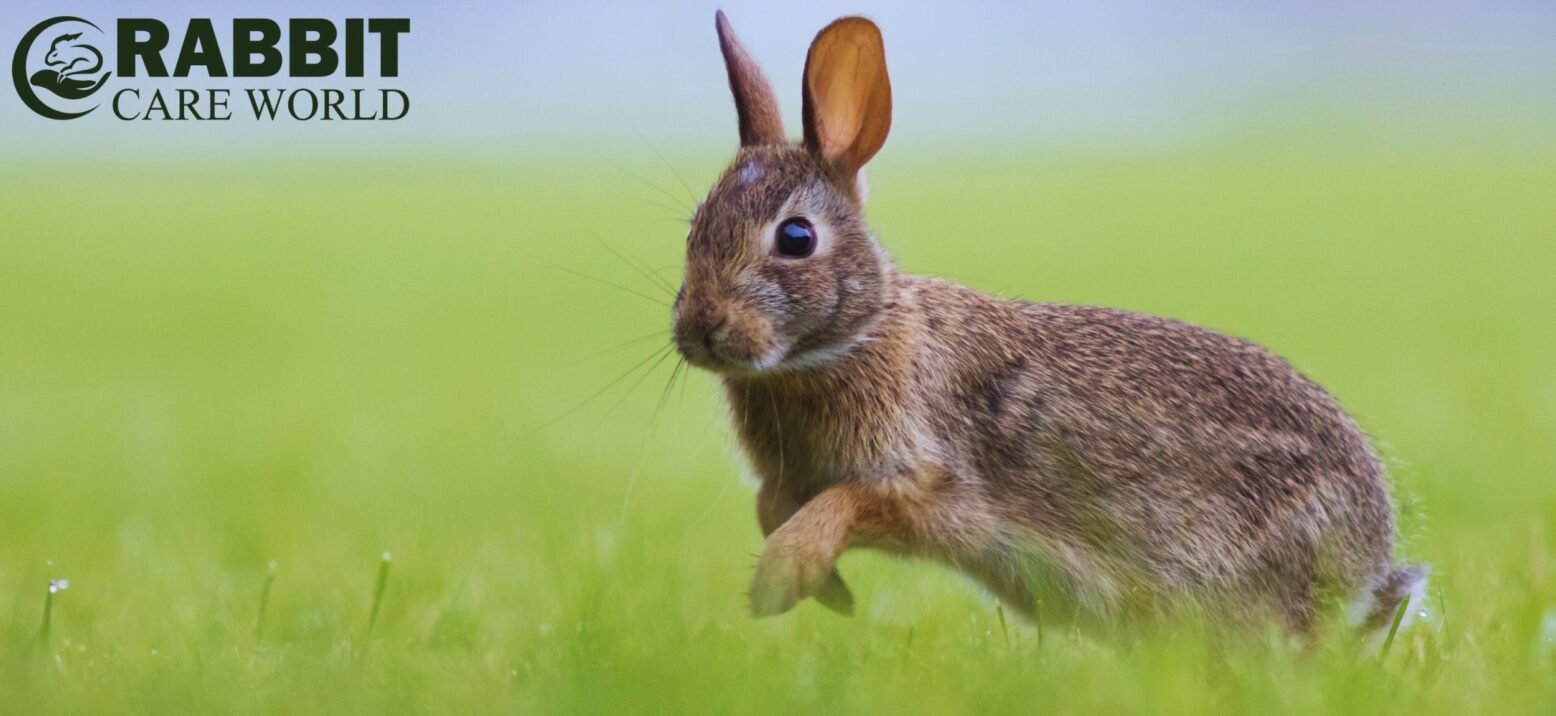
Physical Activities
Flemish Giant Rabbits need space to move. They are large and energetic. A small cage won’t do. They need a big area to hop and stretch. A safe, rabbit-proofed room or a large indoor pen works best. Daily exercise helps keep their muscles strong.
Outdoor playtime is also great. If you have a secure yard, let them explore. Always supervise to keep them safe from predators. Toys like tunnels and climbing platforms add fun and challenge. Rotate toys to keep them interesting.
Mental Stimulation
Rabbits are smart. They need mental challenges to stay sharp. Puzzle feeders are a good choice. They make mealtime a fun game. Hide treats around their play area. Let them sniff and search. It mimics their natural foraging behavior.
Training sessions can be enriching too. Teach simple tricks like “come” or “spin.” Use positive reinforcement with treats. Interaction with you builds trust and keeps their mind active. Social time with other rabbits, if possible, is also beneficial.
Remember, a busy rabbit is a happy rabbit. Keep them engaged. They will reward you with affection and joy.
Training And Socialization
Flemish Giant Rabbits can make wonderful pets with the right training and socialization. They are intelligent and can learn various behaviors. This section will discuss how to litter train your rabbit and help them bond with other pets.
Litter Training
Litter training a Flemish Giant Rabbit is similar to training a cat. Start with a litter box that fits their size. Place it in a corner of their living space. Rabbits naturally pick one spot to relieve themselves. Place some of their droppings in the litter box to encourage use. Clean the box regularly to keep it fresh. Consistency and patience are key. Reward your rabbit with treats when they use the litter box correctly.
Bonding With Other Pets
Introducing a Flemish Giant Rabbit to other pets requires care. Rabbits can get along with other animals, like cats and dogs. Start with supervised meetings in a neutral space. Allow them to sniff and observe each other. Keep these sessions short and positive. Gradually increase the time they spend together. Always watch for signs of aggression or stress. With time, many rabbits form strong bonds with other pets in the household.
Pros And Cons Of Ownership
Owning a Flemish Giant Rabbit can be a unique experience. These rabbits are known for their large size and gentle nature. Before deciding to bring one home, it’s essential to consider both the benefits and the challenges of owning such a pet.
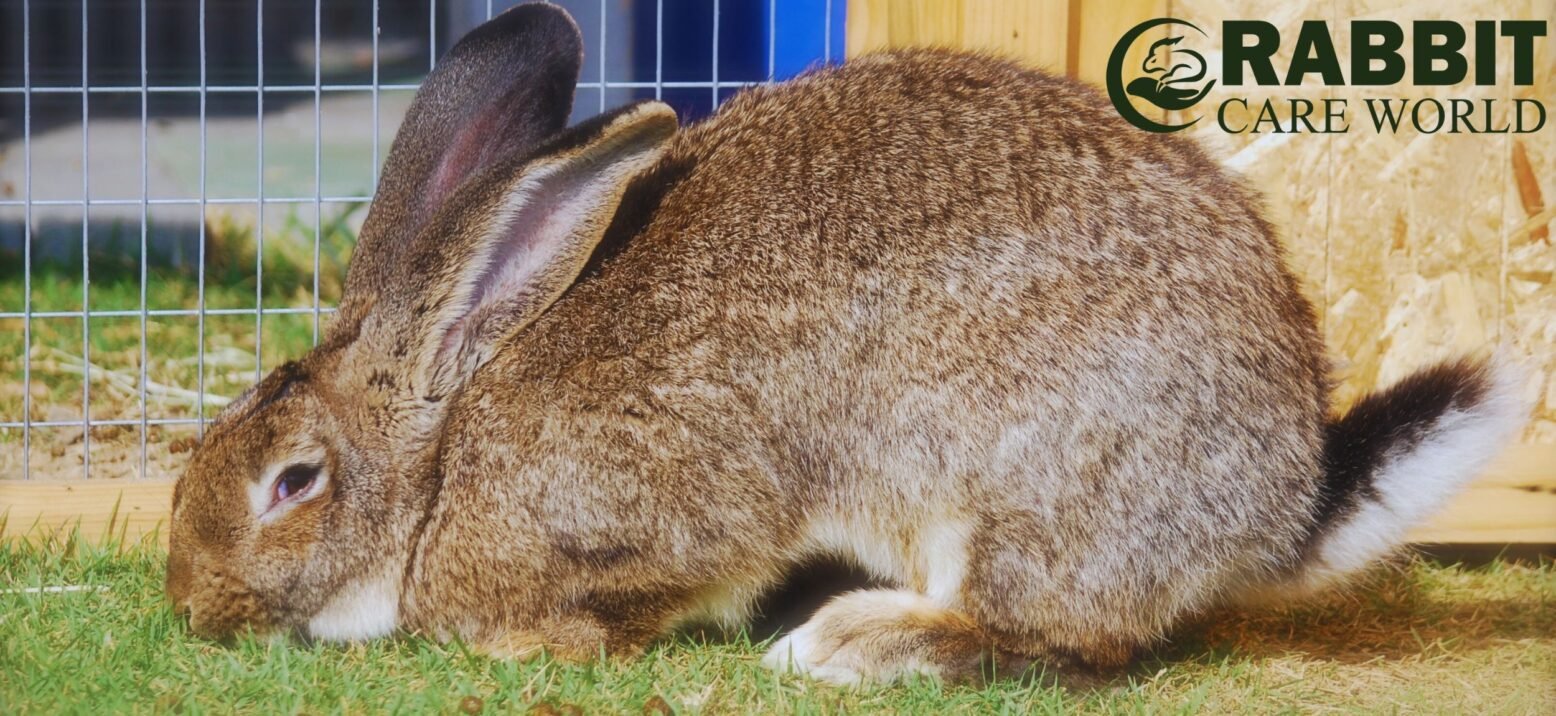
Benefits
Flemish Giant Rabbits can be excellent pets for many reasons.
- Gentle Temperament: These rabbits are known for being calm and friendly.
- Affectionate: They often bond well with their owners and enjoy human interaction.
- Unique Appearance: Their large size and soft fur make them stand out.
- Low Noise: Unlike dogs, they are very quiet, making them suitable for apartments.
Challenges
Owning a Flemish Giant Rabbit also comes with certain challenges.
- Space Requirements: Their large size means they need more room to move around.
- Dietary Needs: They consume more food compared to smaller rabbits.
- Health Care: Regular vet visits are essential to monitor their health.
- Lifespan: They can live up to 8-10 years, requiring long-term commitment.
| Aspect | Pros | Cons |
|---|---|---|
| Temperament | Gentle and friendly | Can be shy initially |
| Space | Quiet and apartment-friendly | Needs more space to roam |
| Diet | Easy to feed | Higher food consumption |
| Lifespan | Long-term companion | Requires long-term care |
Frequently Asked Questions
Are Flemish Giant Rabbits Good Pets?
Yes, they are gentle and friendly. They can be great companions.
How Big Do Flemish Giant Rabbits Get?
They can weigh up to 20 pounds. They need space to move.
What Do Flemish Giant Rabbits Eat?
They eat hay, vegetables, and rabbit pellets. Fresh water is also important.
Can Flemish Giant Rabbits Live Indoors?
Yes, they can live indoors. Ensure they have enough space to hop.
How Long Do Flemish Giant Rabbits Live?
They typically live 5-8 years. With good care, some live even longer.
Conclusion For Can a Flemish Giant Rabbit Be a Pet?
Caring for a Flemish Giant Rabbit can be rewarding. These gentle giants need ample space and attention. They form strong bonds with their owners. Proper care ensures a happy, healthy pet. Always provide fresh food, water, and a safe environment.
Regular vet visits are crucial. Enjoy the unique experience of owning a Flemish Giant Rabbit. They bring joy and companionship to any home. Consider all factors before making your decision.

